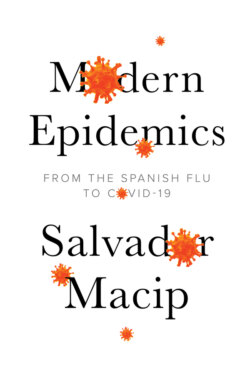Читать книгу Modern Epidemics - Salvador Macip - Страница 33
The resuscitated virus
ОглавлениеIn 2005, a group of scientists, including Adolfo García-Sastre, a Spanish virologist working at the Mount Sinai Hospital, New York, managed to read the genome sequence of the virus that caused the 1918 flu pandemic. The biological material was taken from a well-conserved frozen corpse found in the glaciers of Alaska. The genetic information they obtained allowed them to re-create the virus in the laboratory and, with this synthetic virus, to reproduce the lethal effects of the infection in mice. The aim was to understand how the 1918 virus functioned and why it had been so deadly, in the hope of being able to design better drugs and vaccines against future pandemics.
With these experiments, for example, it was possible to confirm that this virus multiplied 40,000 times faster under laboratory conditions than the ones we see today. Prior to this, there were two nonexclusive theories to explain why the pandemic had been so devastating. One was that the virus had been more aggressive than other strains, and the new results demonstrated that this was so. The second was that there was a special predisposition in the population – and not only due to problems deriving from the war – which included malnutrition and poor public health facilities. But this possible susceptibility is hard to demonstrate, as there isn’t enough material conserved for carrying out studies.
The work of Dr García-Sastre and his colleagues aroused the fears of both citizens and other scientists who believed that it would be dangerous to ‘resuscitate’ such a terrible virus. Others believed that the chances of the new virus escaping weren’t very high, while the authors of the study argued that the benefits greatly outweighed the possible risks. Naturally, the safety measures around people handling these kinds of microbes are exhaustive, and accidents are therefore unlikely. Moreover, it’s believed that today’s population has more immunity to the virus than people did in 1918 because, since then, the circulation of variants similar enough to the original one might have generated a certain response that could protect us. The virus has been studied ever since that time without any notable incident.
